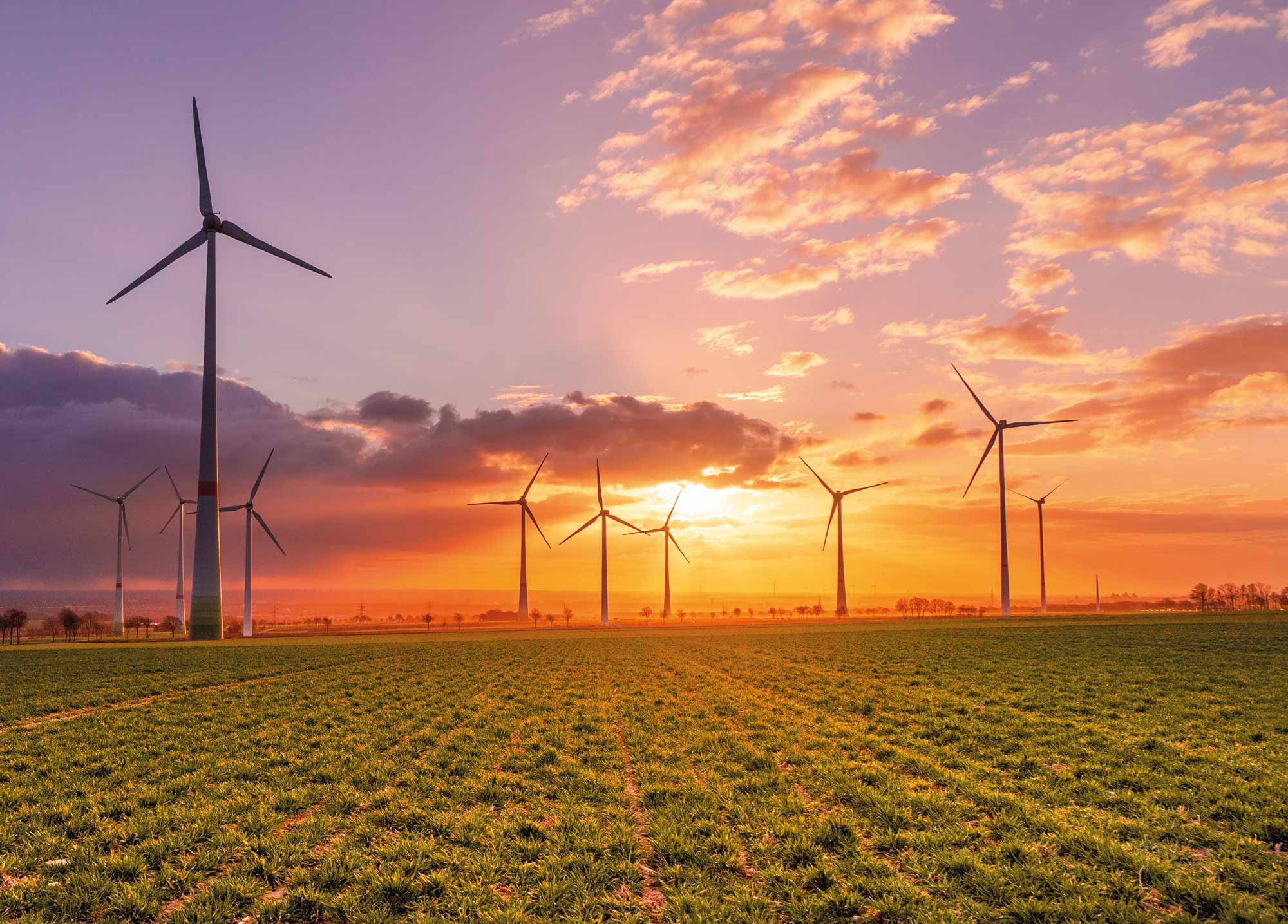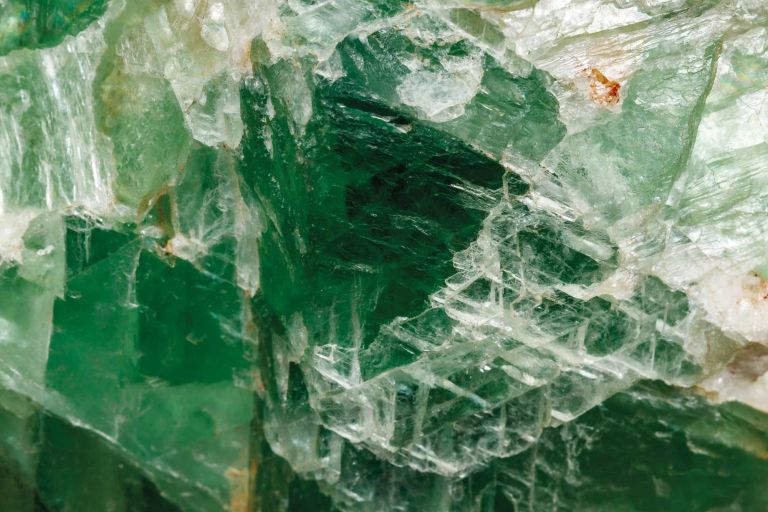AIMR 2023 Australia's Identified Mineral Resources 2023


Australia has a long history of being a responsible and reliable supplier of minerals.

Australia provides a pipeline of mineral resources to support the energy transition.

Australian mining exports were worth nearly $362 billion.

Australia’s resources inventory grew for many critical minerals in 2022.

Australia has some of the world’s largest mineral resources and is a leading producer of many commodities.

Australian resources are supplying minerals for batteries, renewable energy, electric vehicles and the global transition to net zero.

Mineral exploration spending reached $4 billion and exploration for minor metals increased by 66%.

Australia is a world leading producer of critical minerals and strategic materials.
Minister's Foreword

Australia has a long history of being a responsible and reliable supplier of minerals.
Our unique geology means we are home to globally significant deposits of important and often rare minerals, including those identified by the Australian Government as critical and strategic to Australia's future needs, and that the world needs to achieve net zero emissions by 2050.
The 2023 edition of Australia's Identified Mineral Resources (AIMR) draws on over 45 years of data, meticulously tracking our nation's mineral resources and unveiling crucial trends in reserves, resources and production.
AIMR 2023 shows that Australia produced 27 minerals, 15 of which ranked in the top five for global supply. It shows Australia is number one in the world in economic resources for gold, iron ore, lead, nickel, rutile, uranium, zinc and zircon.
In the 2022 calendar year, Australia's resources industry stepped up and responded to the challenge of increased global demand for critical minerals through new and additional exploration, and in defining new economic resources.
In fact, 13 critical minerals saw their Economic Demonstrated Resources (EDR) increase significantly during 2022. This included manganese ore (up by 79 per cent), platinum group elements (up by 45 per cent), and rare earth elements (up by 34 per cent). In addition, the EDR of tin, a strategic material, was up by 6 per cent.
Other key highlights from AIMR 2023 include:
- Investment in mineral exploration increased by 13 per cent, to $4 billion.
- Australia remained the world's largest producer of lithium (52 per cent of the global total), with lithium production up 36 per cent to a record 75 kilotonnes.
- Australia also ranked as the world's largest producer of bauxite, iron ore and rutile.
- Uranium production was up 20 per cent.
The new insights in AIMR 2023 are key for our journey towards reaching net zero emissions by 2050. They inform government and industry decision-making and assist in guiding future exploration and discovery. They will help to unlock our nation's critical minerals potential. The road to net zero runs through Australia's resources industry, due to the breadth of critical minerals and strategic materials located beneath our vast island continent. The world needs those minerals for batteries, solar panels, wind turbines and electric vehicles.
The Australian Government's updated Critical Minerals List assesses Australia's geological endowment and potential with global technology needs. It is vital we recognise the important role we play in supporting global supply chains through increased diversity, improved resilience and sustainability.
The newly established Strategic Materials List identifies those commodities essential for the energy transition, but which are not at risk of supply chain disruptions given their robust global markets.
Government investment in precompetitive geoscience is critical to understanding quite literally what Australia is made of. This information is essential to strengthen our economy, inform our communities and move forward towards a sustainable future for all Australians.
I commend Geoscience Australia on AIMR 2023. This comprehensive and important publication is not only a vital tool for industry, but it also recognises the premier position Australian resources hold on the world stage.

The Hon Madeleine King MP
Minister for Resources and Minister for Northern Australia
Contact Details
mineral.promotions@ga.gov.au
Department of Industry, Science and Resources
Minister for Resources and Minister for Northern Australia: The Hon Madeleine King MP
Secretary: Ms Meghan Quinn PSM
Geoscience Australia
Chief Executive Officer: Dr James Johnson
Geoscience Australia acknowledges the Traditional Owners and Custodians of Country throughout Australia and recognise their continuing connection to land, waters and community. We pay our respects to the people, the cultures and the Elders past and present.
© Commonwealth of Australia (Geoscience Australia) 2024.
With the exception of the Commonwealth Coat of Arms and images on the cover, inside cover, pages 8, 16, 19, 22, 35 and 37, this product is provided under a Creative Commons Attribution 4.0 International Licence.
http://creativecommons.org/licenses/by/4.0/legalcode
This product is provided subject to the Disclaimer of Warranties and Limitation of Liability in section 5 of the Creative Commons Attribution 4.0 International Licence. Therefore, you should not solely rely on this information for any purpose.
Geoscience Australia is committed to providing web accessible content wherever possible. If you are having difficulties with accessing this document please email clientservices@ga.gov.au.
ISSN: 1327-1466
ISBN: 978-1-922625-95-3 (PDF)
ISBN: 978-1-922625-96-0 (print)
eCat ID: 149056
GA SRF140134
Cover: Wind turbines are being adopted around the world to support the transition to net zero carbon emissions. Australia's critical minerals and strategic materials are needed for wind turbines and other renewable energy technologies.
Bibliographical reference: Hughes, A., Britt, A., Pheeney, J., Morfiadakis, A., Kucka, C., Colclough, H., Munns, C., Senior, A., Cross, A., Summerfield, D., Hitchman, A., Cheng, Y., Walsh, J., Thorne, J. and Sexton, M., 2024. Australia's Identified Mineral Resources 2023. Geoscience Australia, Canberra. https://dx.doi.org/10.26186/149056
